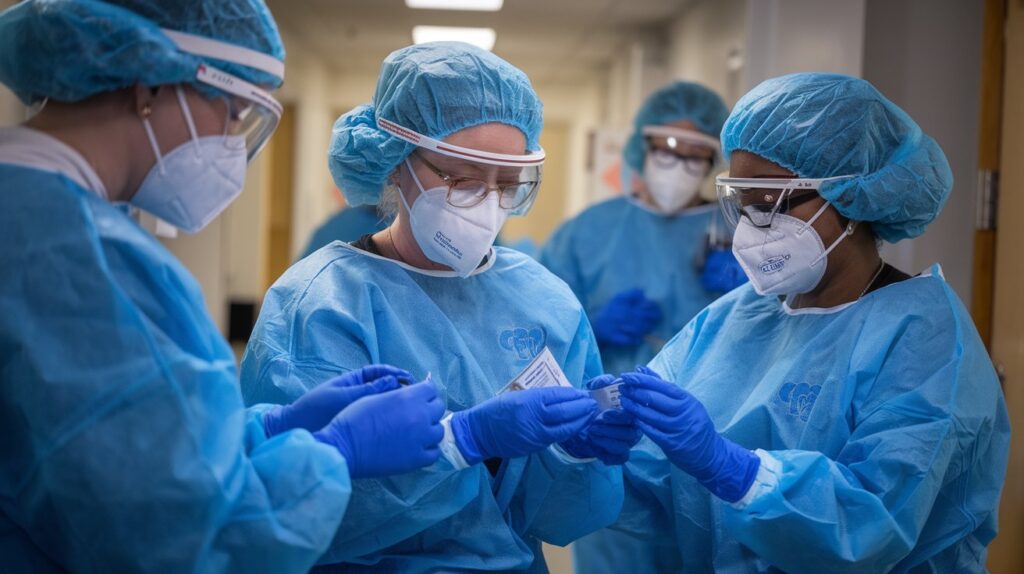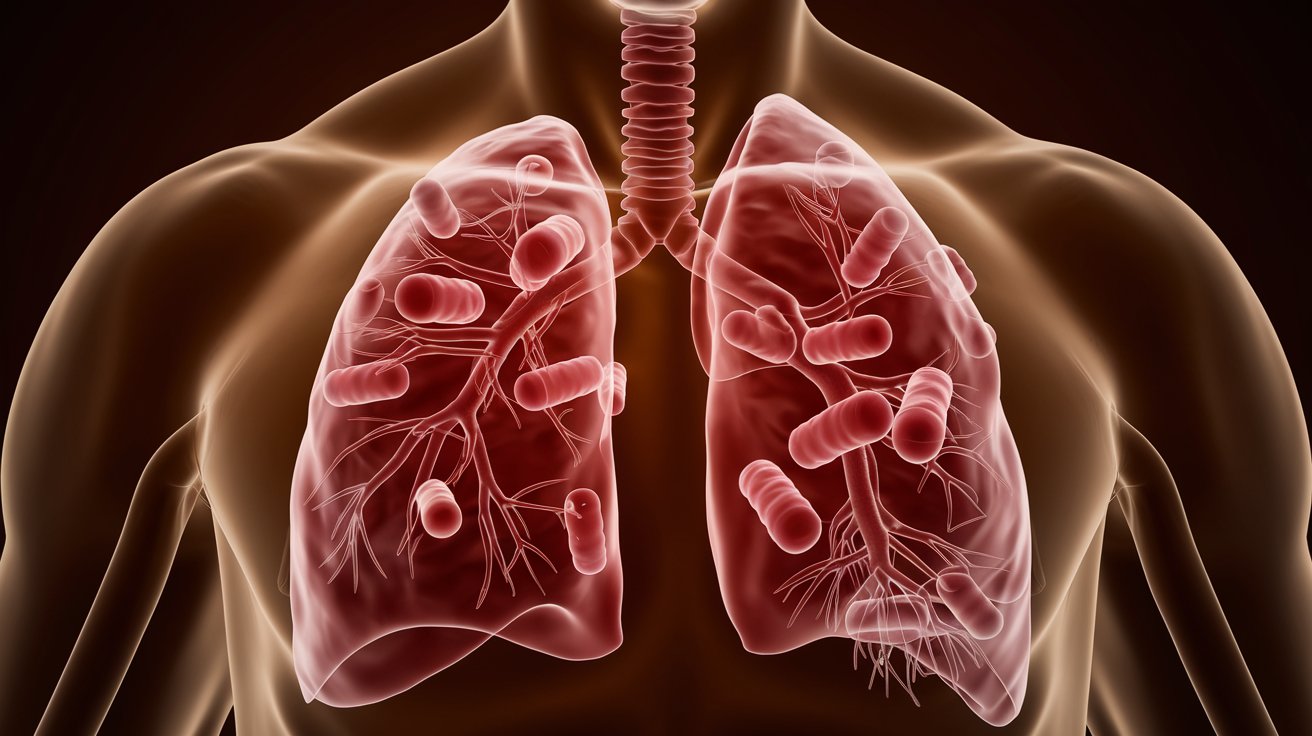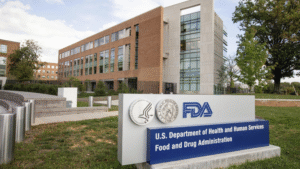Alarming Tuberculosis Outbreak in Kansas: CDC Confirms Unprecedented Surge:
Kansas Faces Its Largest TB Outbreak in Decades
Kansas is currently experiencing its largest tuberculosis (TB) outbreak in recent history, with 67 active cases and 79 latent infections reported across Wyandotte and Johnson counties. The Centers for Disease Control and Prevention (CDC) has classified this as a major public health concern, urging immediate intervention to prevent further spread.
Understanding the Severity of the Outbreak
Health officials have reported two fatalities linked to this outbreak, emphasizing the urgent need for awareness and early detection. This surge highlights the importance of proactive TB screening and treatment to contain the disease before it spreads further into the community.
While latent TB infections do not immediately pose a risk, they can become active TB if left untreated—making early diagnosis critical. Health experts stress that Kansas residents should seek medical consultation if they have been in contact with an infected person or experience symptoms such as:
- Persistent cough lasting more than three weeks
- Chest pain or difficulty breathing
- Unexplained weight loss and fatigue
- Fever, night sweats, or chills
- Coughing up blood or mucus
Why This TB Outbreak Is Different
Although tuberculosis is not uncommon in the U.S., the scale of this outbreak is unprecedented for Kansas. Health officials have drawn comparisons to historical TB outbreaks in other states, but this surge stands out due to its rapid spread and the high number of latent infections detected.
According to CDC reports, the U.S. saw an increase of 15% in TB cases from 2022 to 2023, marking the highest infection rate in a decade. Kansas now accounts for one of the most significant regional TB spikes, demanding a rapid public health response.
How Kansas Health Authorities Are Responding
The Kansas Department of Health and Environment (KDHE) is actively coordinating with the CDC to control the outbreak. Measures being taken include:

✅ Contact tracing efforts to identify individuals at risk
✅ Screening high-risk groups, including healthcare workers and school employees
✅ Providing free TB testing in affected counties
✅ Ensuring uninterrupted treatment for those diagnosed with active TB
Preventive Measures: How to Protect Yourself
To reduce your risk of TB exposure, follow these critical safety measures:
- Get tested if you’ve been in close contact with an infected person
- Maintain good respiratory hygiene (cover your mouth when coughing or sneezing)
- Seek medical advice if you develop any symptoms
- Ensure proper ventilation in enclosed areas
- Complete prescribed TB treatments to prevent drug-resistant strains








